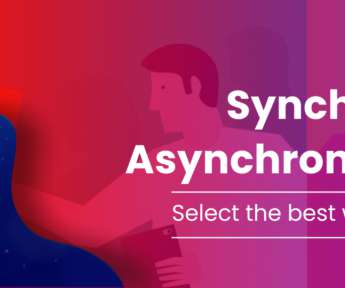Does synchronous training fit the modern workplace?
TalentLMS
APRIL 11, 2022
And it’s a model that’s also impacted the corporate world. ” and explore if it still has a place in the thriving world of eLearning. Synchronous training is usually instructor-led, which often leads to the assumption that it takes place offline in a physical classroom. There are a few examples where the two worlds meet.
















Let's personalize your content